The escalating tariff war with major auto-exporting nations is reshaping the auto climate in novel
and unexpected ways. While the cost of new vehicles increases with higher import taxes, the used-car market positions itself as a necessary counterbalance. When new car affordability worsens, the used market offers a rational and cost-conscious substitute, leading to a potential boom in used car sales. These are 24 ways the tariff fight could trigger a used car boom in Canada:
Rising New Car Prices

Canadian new car prices are increasing, with tariffs increasing the cost of imported auto parts and complete cars. In 2024, the average price of a Canadian new car was $66,288, a 7.5% boost from the previous year. Another 10–15% in tariffs could be imposed, making cheaper alternatives more attractive to consumers. Used cars, at a national average price of $39,150, are becoming increasingly popular. The difference in price lures cost-conscious consumers to take the pre-owned option. As the new vehicle market becomes economically out of reach, used car demand may grow by 20% yearly, redefining consumer tastes in Canada’s motor industry.
Higher Import Duties

New duties on foreign-made vehicles and parts might increase import prices by 15–30%, especially on non-domestic brand vehicles. In 2023, Canada imported more than 1.2 million vehicles, which accounted for 78% of all new car sales. A 20% tariff would increase the average price of an imported vehicle by $9,000, which producers would be forced to pass to consumers. Existing vehicles on dealer lots are not affected by new tariffs. Once tariffs take effect, Canadians will turn to domestic resale markets, increasing used car sales by up to 25%, particularly in cost-conscious provinces such as Ontario and Quebec.
Explosive Demand for Affordable Options
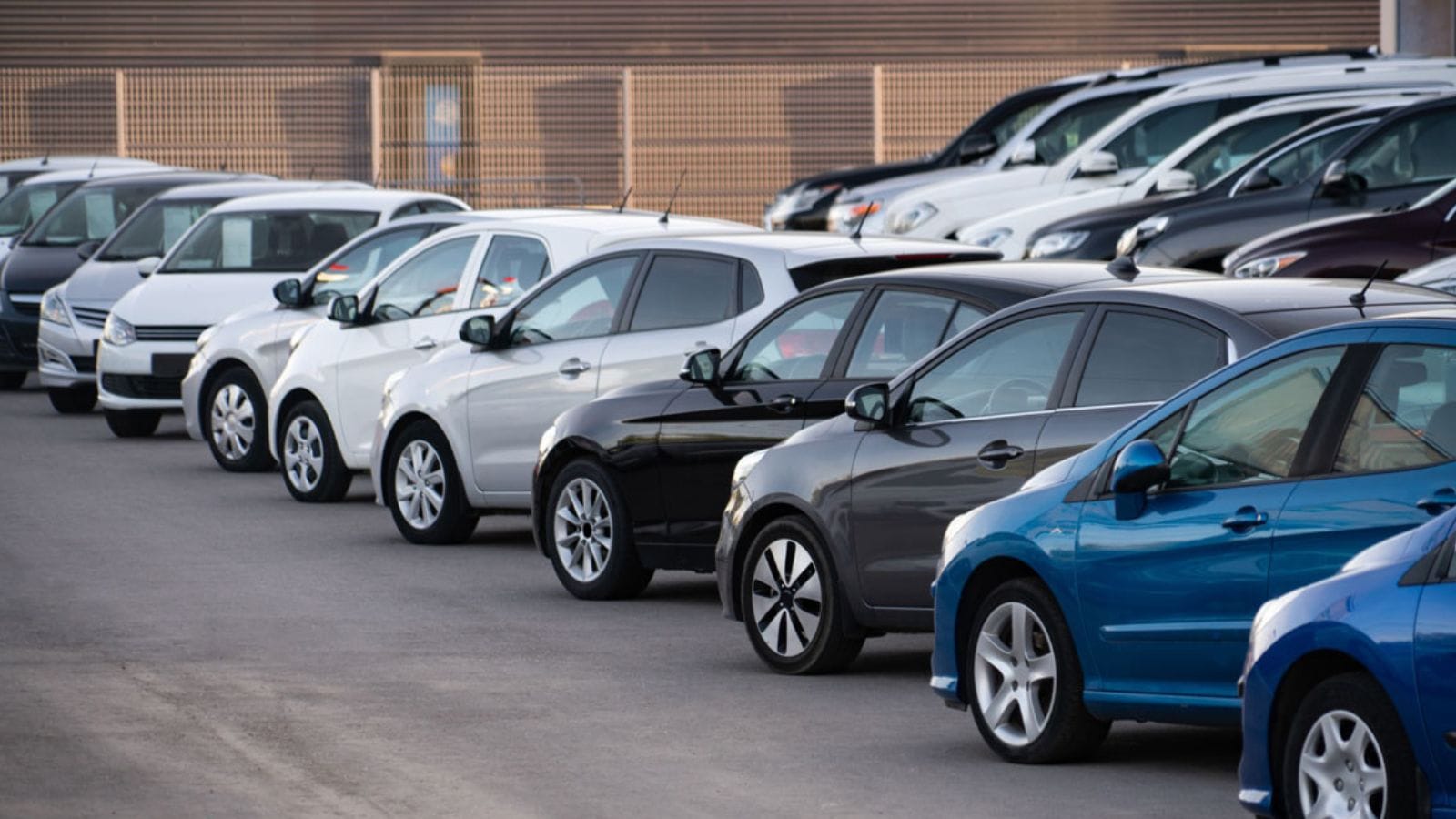
Price is the foremost consideration when buying a car, and used cars are a compelling option for increasingly costly new vehicles. Figures indicate that nearly 47% of Canadians earning under $70,000 annually postponed or sidestepped new car purchases in 2024 as prices increased. Used vehicles, a full 30–40% cheaper, proved the go-to solution. The demand for used vs. new vehicles rose from a 1.4:1 ratio in 2022 to a 1.9:1 ratio in 2024, clearly manifesting in consumer trends. With tariffs opening up the price gap, especially on foreign models, used car lots can experience a 35% increase in traffic, fueling a national secondhand vehicle sales boom.
Longer Vehicle Lifespans

Tariff-induced high new car prices make Canadians hold current vehicles longer. The average age of the Canadian fleet went up to 10.8 years in 2024, compared to 9.5 in 2020. Replacement prices are at an all-time high, and people choose to repair rather than replace. Durability-oriented focus benefits the used car market because owners now expect resale value on well-maintained, aged units. Also, used vehicles with lower kilometers gain popularity because people wish to make them last longer. This is a sign of faster inventory and demand synchronization within the used segment, which can drive used car sales by 18% in the next fiscal year.
Delayed New Car Purchase

Consumer procrastination due to tariff pressures is being triggered. In 2024, 61% of Canadian respondents said they delayed purchasing a new vehicle due to economic volatility and cost inflation. These delays are causing a temporary demand diversion to the used car market. Short-term affordability and faster availability are powerful drivers. As OEMs struggle with inventory backlog and rising MSRP, used car websites saw a 22% lift in listings engagement during Q4 2024 alone. If new automobile uncertainty persists, used car sales will increase 15% in 2025, converting short-term buyers into long-term secondhand converts amidst a trade war scenario.
Increased Leasing Turn-In Prices
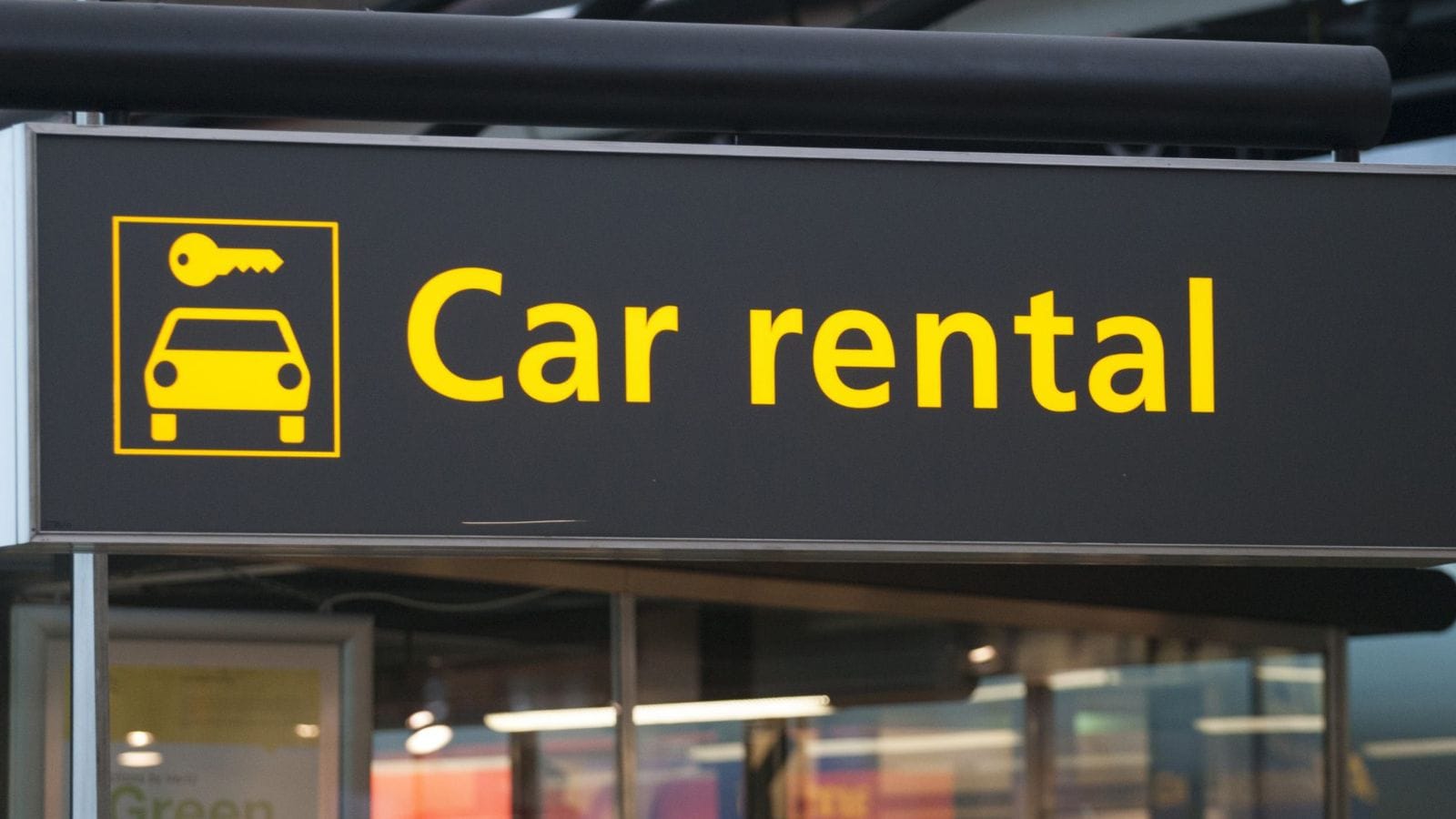
Tariff-fueled price hikes are accelerating the residual value of leased vehicles. In 2024, the average buyout value of a three-year lease increased 12% from last year, driven by increased MSRP and reduced new model inventory. Lessees increasingly are taking delivery of their leased vehicles rather than entering the volatile new car market. This reduces return traffic to dealerships, creating a shortage of close-to-new used inventory. Low supply and residual demand pushed prices for used vehicles up 6.4% from the previous year in 2024. This closed loop keeps pressure in the market and fuels the pre-owned auto sales mania.
Unstable Currency Exchange Rates

Compared to the U.S., the Canadian dollar has fallen to an average of $0.73 in 2024, from $0.79 in 2022. Coupled with tariffs, this further boosts the expense of importing American-manufactured automobiles. A US$40,000 automobile now truly costs over C$70,000 after exchange rate and tariff fees have been added. This adjustment significantly lowers new car purchasing power across borders, which in the past has been a price-point-breaking experience for Canadians. The used vehicle marketplace, which is domestic and less subject to the whims of exchange rate gyrations, stabilizes and is more attractive.
Cross-Border Slowdown Buying
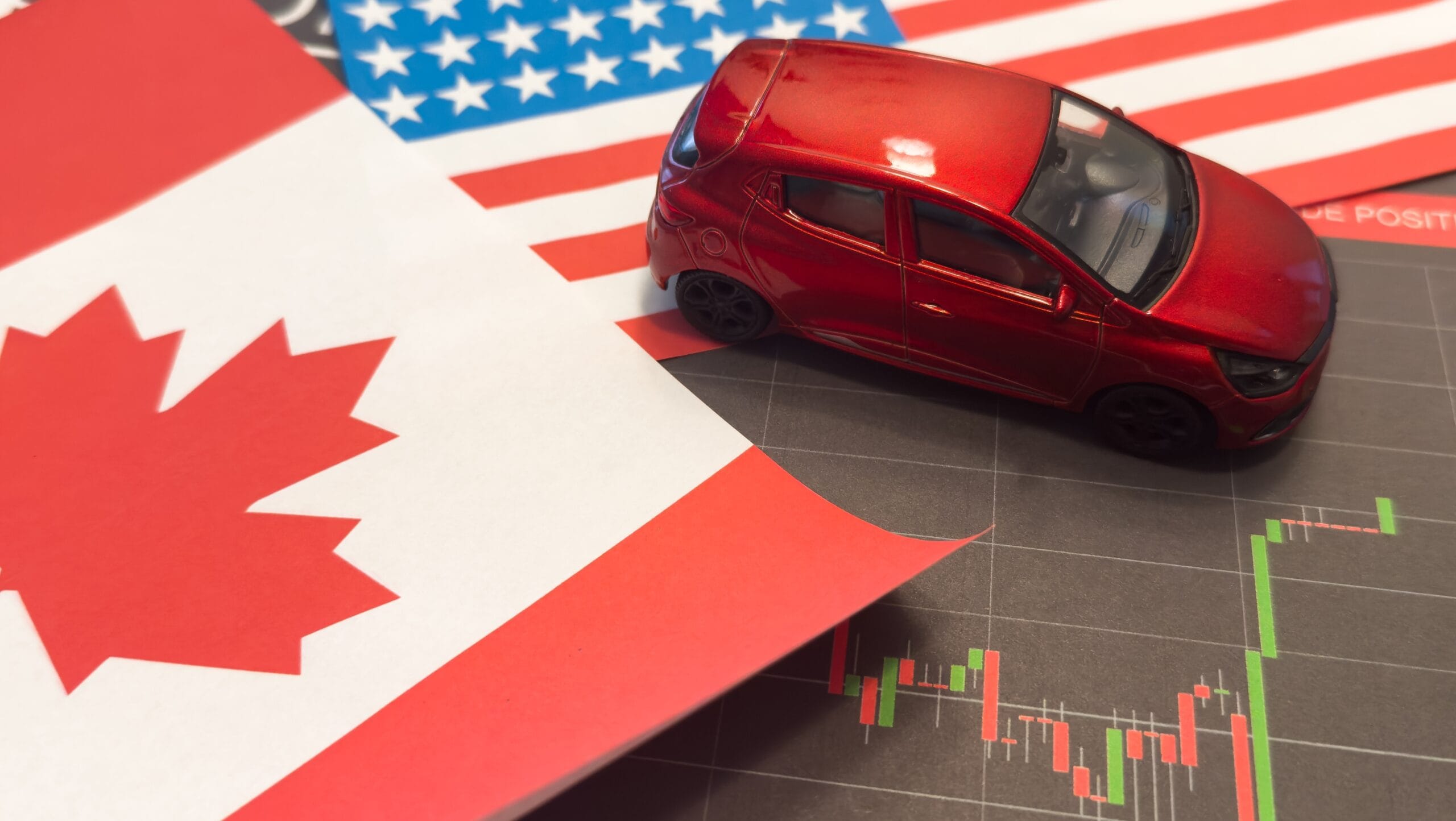
Canadians had formerly imported about 100,000 vehicles each year from the U.S., based on good prices and choice. But in 2024, new tariffs and border red tape reduced such imports by 38%. Additional paperwork, 5–20% more taxes, and adverse exchange rates discourage cross-border purchasing. This void directs demand inwards to used cars in the domestic market. Canadian resale websites report a 26% increase in cross-province requests, showing consumers now look cross-country instead of offshore. Taking this alternative source away directs attention to Canada’s domestic used car stock, accelerating turnover and increasing values within the domestic resale system.
Dealer Shift to Used Inventory

As with slimmer profit margins on tariff-tariffed new vehicles, dealers increasingly turn to used inventory. Used cars accounted for 58% of overall dealership volume in 2024, up from 45% in 2021. With improved turnover rates and superior markups, used cars now form the most lucrative category for most retailers. Dealers spend more on certified pre-owned and trade-in programs to cash in on this trend. The average dealership expanded its used car inventory by 17% from last year. As dealer focus expands, consumers find greater access, better financing terms, and varied options in the aftermarket, propelling sustained sales increases.
Higher Insurance Premiums

With higher sticker prices due to tariffs, insurance expenses for new cars are also rising. In 2024, the average annual insurance rates for new cars were $2,050, a 9% increase from the previous year. Lower-replacement-value used vehicles average $1,470 annually, nearly 28% lower. Frugal buyers appreciate this ongoing premium disparity to carry significant weight in the total cost of ownership deliberation. With 72% of Canadians citing affordability as a decision driver, most choose used cars for cheaper initial costs and continuing costs, fuelling the boom in secondhand market demand.
Financing Incentives on Used Cars

As banks and auto financiers have responded to changes in consumer demand, used car financing has become more competitive. Interest rates in 2024 on financing used cars averaged 6.4% and 5.1% on new cars, a smaller difference than in previous years. Online lenders and credit unions provide deferred payment plans and 0% promotions for chosen used car buyers. Combined with an abated average financing amount ($27,300 compared to $45,700 for new), such incentives appeal to mid-income households. Financing levels on used vehicles rose 21% from the previous year, indicating that greater convenience in access to credit has a clear impact on powering the used car market upward.
Shortage of Low-End New Models
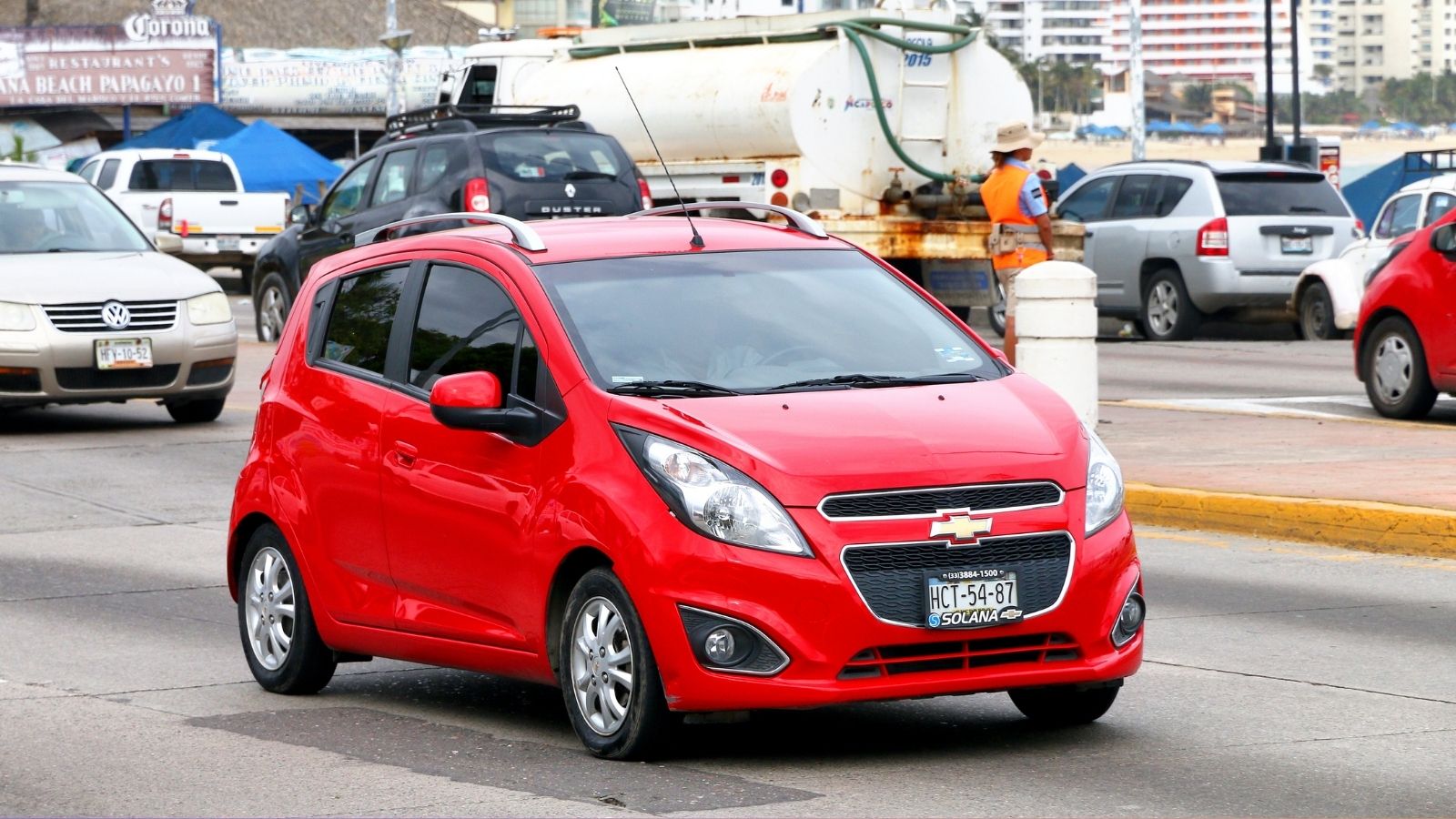
Automakers are eliminating low-end models to focus on high-margin cars amid cost pressures from tariff-related factors. In 2024, production of subcompact cars declined by 32%, as the Chevrolet Spark and Kia Rio were discontinued. As a result, customers seeking affordable new options have fewer choices. The average price of new models under $25,000 rose by 11%, and the number available decreased by over 40%. This void compels buyers to move to cheap used cars, where options remain immense and abundant.
Soaring Trade-In Values

With increasing demand and limited supply of cost-effective cars, used car trade-in values have skyrocketed. The average trade-in value increased by 18% in 2024 to $19,250, from $16,300 in 2022. Tariff-inflated prices for new vehicles have made lightly used models desirable, which dealerships pay a premium for as trade-ins. This upward movement invites more Canadians to enter the used market by trading older cars in for newer ones or selling them. When buyers feel they have greater equity in their current vehicle, turnover within the supply chain of the used vehicle builds steam, drives the resale cycle, and, in turn, drives market activity further.
Resurgence of Certified Pre-Owned Sales
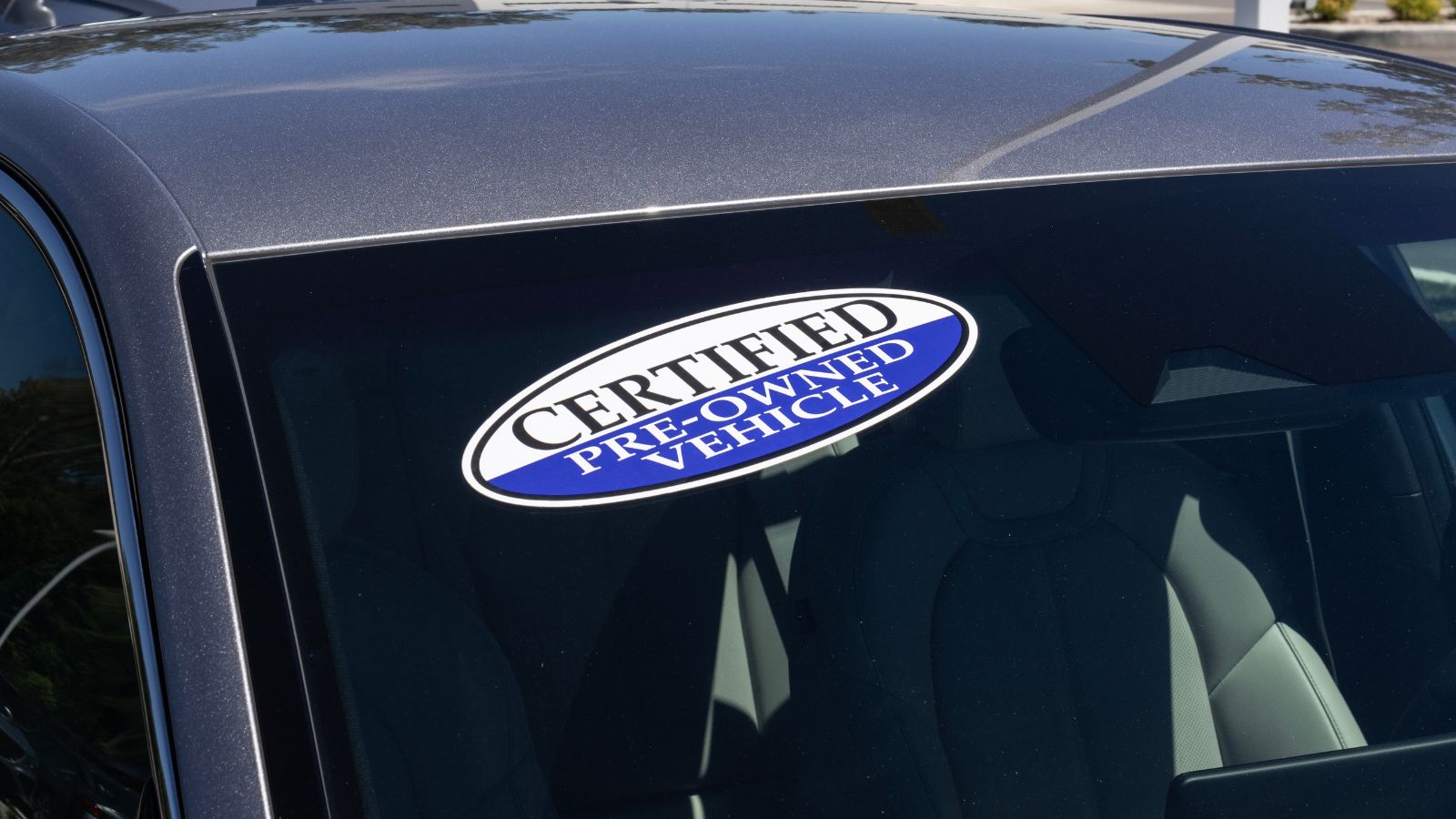
Certified Pre-Owned (CPO) plans are thriving as buyers seek reliability at non-new-car prices. CPO sales increased 23% in 2024 as the gap between new and used prices grows. With tariffs increasing new vehicle prices, consumers turn to certified used vehicles with warranties, inspections, and financing incentives. CPOs average 15–20% more than regular used vehicles but remain 25–30% less than new equivalents. Conservative buyers are drawn to the perception of quality and reduced risk. With nearly 40% of used car purchasers now looking for CPO models, this sub-segment is a major driver of Canada’s used car boom.
Online Used Car Market Growth

The online used car marketplaces have grown enormously with the evolution of consumer attitudes. Online used car listings in 2024 rose by 35%, whereas digital-only sales rose by 28%. Tariffs that discourage new imports have led customers to these low-cost, high-functioning channels. With internet search filters, shipping options, and financing functionality, customers eliminated traditional dealerships. The median cost of a used vehicle purchased online is $34,800, often thousands of dollars lower than dealerships’ prices. With affordability converging with convenience, online platforms will account for nearly 30% of all used vehicle sales in Canada by 2026, further cementing the industry’s growth.
Increasing Demand for Repairs and Refurbishments
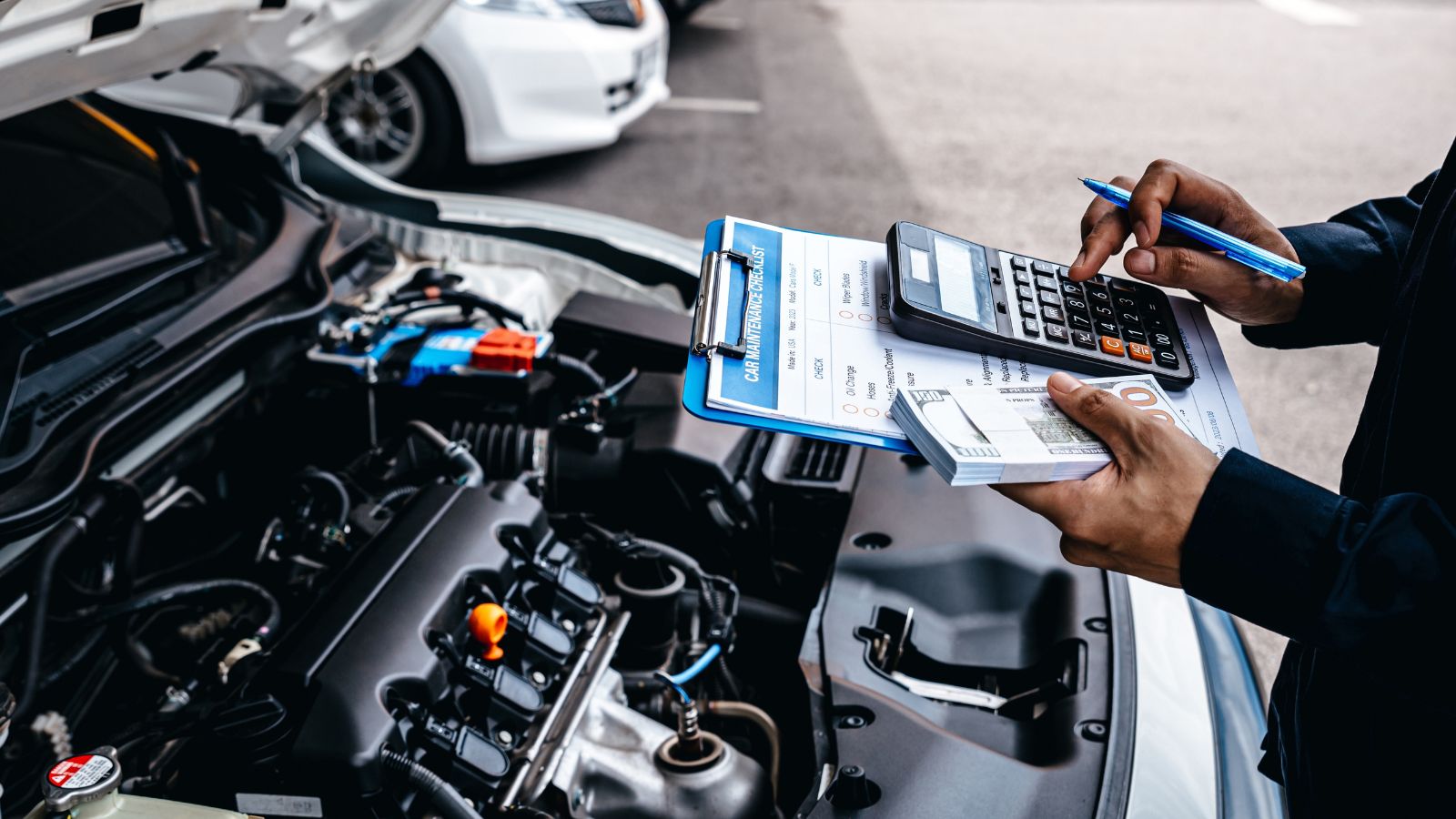
Rather than buying new, many Canadians are repairing or refurbishing existing vehicles. Auto repair revenues rose 17% in 2024, to over $9.8 billion nationwide. This fix-to-last cycle extends vehicle lifespan and resale. Vehicle condition improvement also raises trade-in values and the quality of used car inventory. Parts manufacturers and technicians benefit from a second economic ripple effect. Because used cars retain more potential for longer, there is more demand for well-cared-for pre-owned cars. This activity, caused by high new car prices, deserves a robust cycle where better maintenance leads to better resale, which sustains the used car cycle.
Budget First-Time Buyers

First-time vehicle buyers, particularly Gen Z and younger millennials, flock to used vehicles. In 2024, 68% of first-time buyers chose a used vehicle, compared to 52% in 2020. The first-time buyer budget averaged $23,400, far less than the price point of most new models impacted by tariffs. Student loan payments, high rents, and inflation fuel the affordability crisis, leaving used vehicles as the only realistic option. With this segment growing, especially in urban and suburban hubs, the secondary market will continue to be subject to continued demand by younger Canadians for mobility freedom at no long-term expense.
Fleet Vehicle Retention by Companies
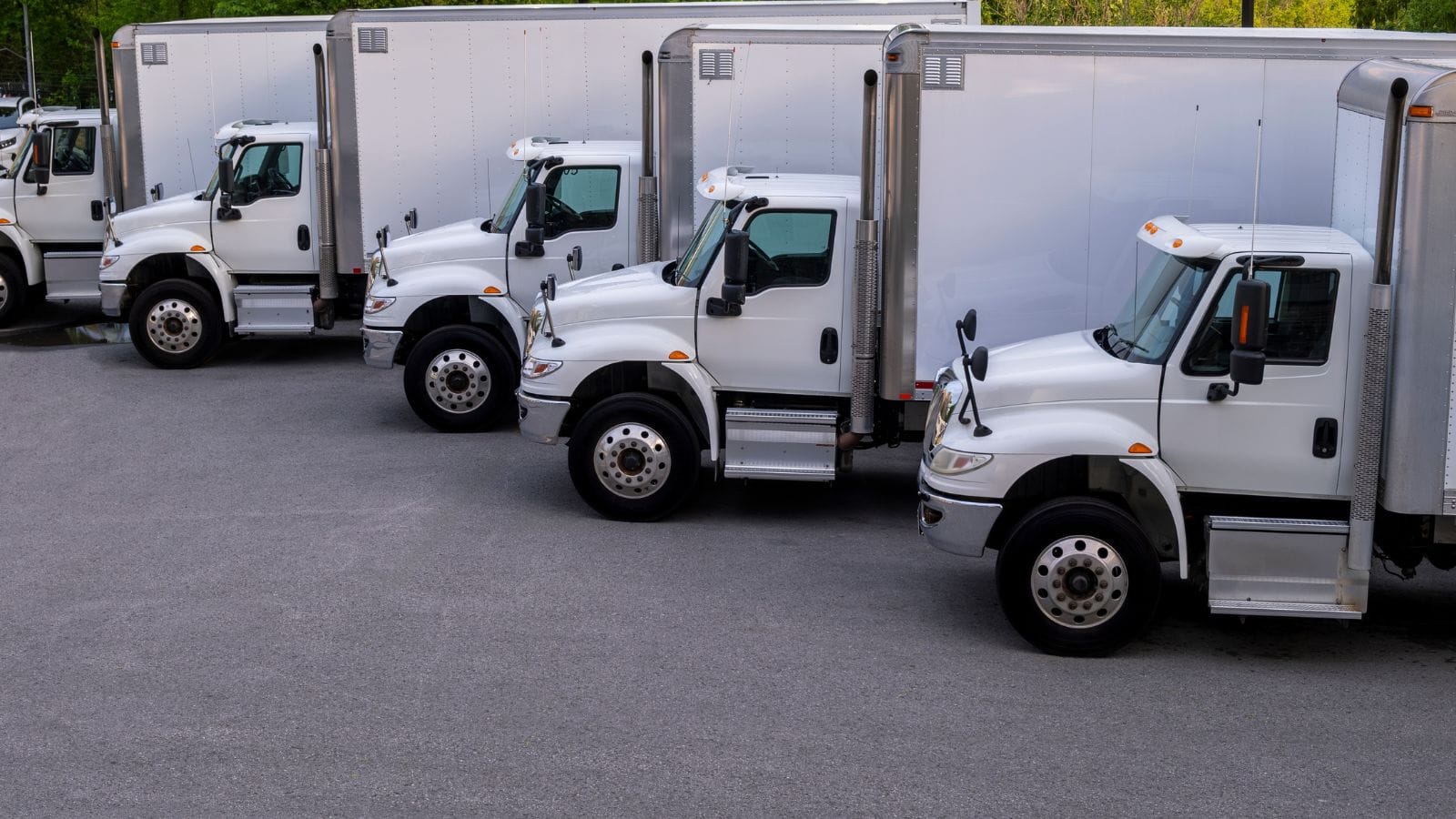
Companies are postponing fleet replacement as new vehicle prices rise. Commercial fleet turnover fell 21% in 2024, with most operators lengthening vehicle usage cycles from 3 to 5 years. This lowers the usual stream of fleet vehicles in good health into the used market, forming a tightening supply. At the same time, firms buying used cars to increase their fleets instead of new ones are boosting secondhand demand. Small firms, particularly delivery and logistics companies, are bidding more on used vans and trucks, whose prices were up 14% in 2024. The commercial market is industriously reconfiguring used market dynamics.
Shift from Luxury to Utility

Canadian high-income individuals are turning from luxury to utility vehicles following tariffs heavily skewing high-end imports. Sales of new luxury vehicles decreased by 11% in 2024, but used mid-market vehicle sales of $28,000 to $40,000 increased by 19%. Instead, those looking to conserve wealth in economically volatile times turn to stable, depreciated vehicles. Toyota, Honda, and Subaru nameplates experienced growth in used model searches, especially from former premium-brand owners. This transition places a higher demand in the higher-end used car market, cutting depreciation on higher-quality models and further encouraging pre-owned purchases over expensive new imports.
Private Used Car Sales Boom

Private sales are booming as dealer inventories are tight and price markups have increased. In 2024, private used car sales increased 31%, representing 28% of total used vehicle transfers in Canada. Consumers get better bargains in peer-to-peer sales, skipping dealership commissions and taxes. Sellers get better prices in a seller’s market. Peer-to-peer websites and online listings posted record listings with cars under $20,000 selling the most. The trend indicates expansion in demand for off-book market solutions, driving the overall boom and opening up the Canadian used car supply chain distribution channels.
Ride-Share Fleet Turnovers’ Impact

Ride-share firms such as Uber and Lyft often turn over their fleets, and these cars are now a significant source of used cars. In 2024, almost 14,000 ride-share cars came into the Canadian used car market, an increase from 9,600 in 2022. Such cars, normally well-maintained and below six years of age, bring value and reliability to used car buyers. They add to the supply, especially in cities. At the same time, with rising new car prices, some drivers are scooping up fleet used cars for further use. This recycling effect complements city used markets and supports continuing inventory flow within tariff limitations.
Urban Trend Toward Subcompact Used Vehicles
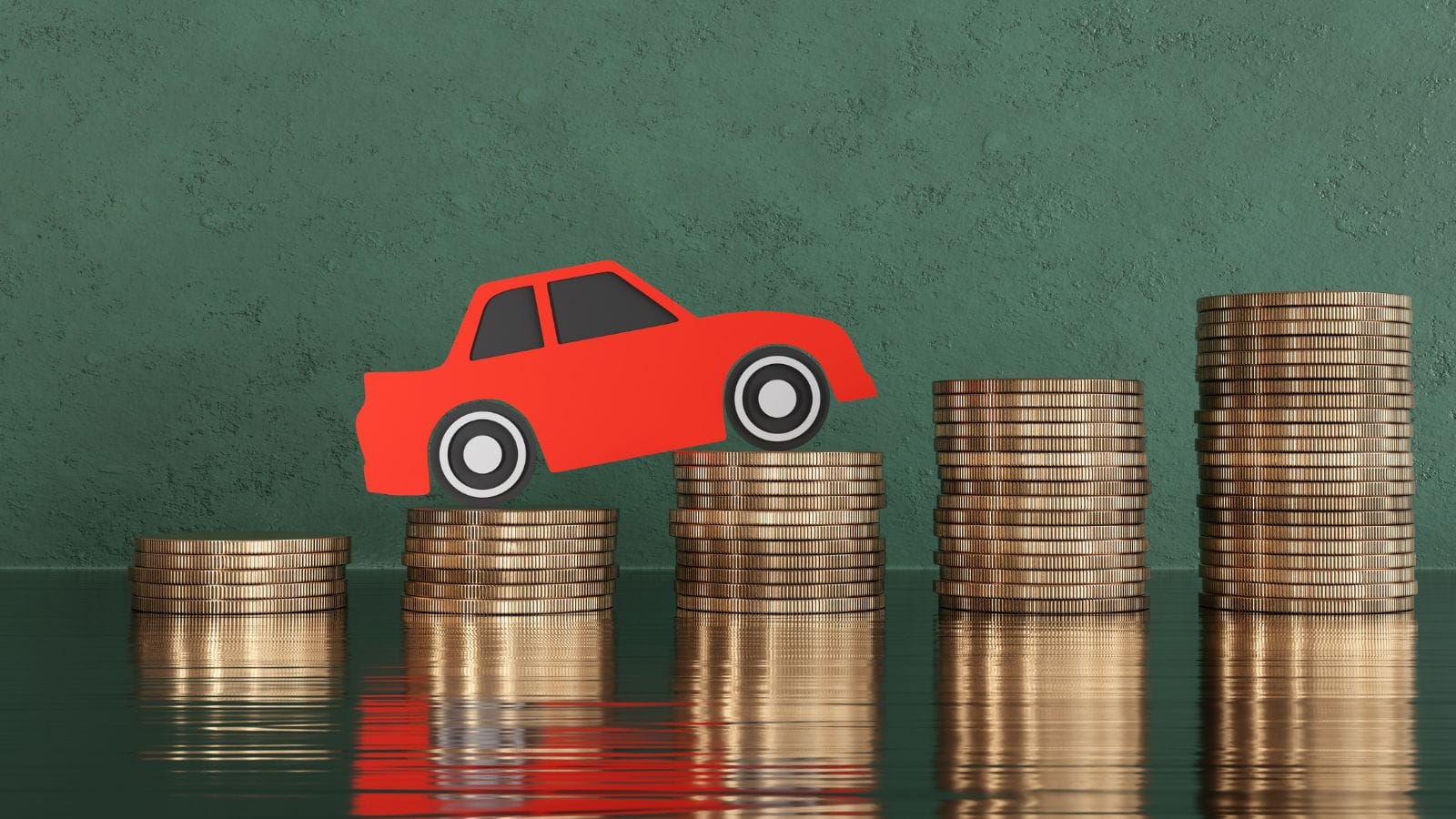
Since tariffs inflate the price of all types of vehicles, consumers in cities opt for used subcompact vehicles for affordability and economy. Compact car used vehicle sales rose 24% during 2024, beating out SUV growth for the first time in seven years. Increased gasoline prices, parking restrictions, and insurance premiums drive urban dwellers toward affordable options. Older cars such as the Honda Civic and Toyota Corolla, which were overshadowed by bigger cars in earlier times, are now in high demand. This city trend is the foundation for a niche but expanding industry in the overall used car boom, particularly in Toronto, Vancouver, and Montreal.
Generational Shift to Value Ownership

Earlier generations are redefining the concept of car ownership. According to a 2024 survey, 71% of Canadians aged below 35 consider used cars a better value for money than new cars. Gen Z and millennials, unlike other generations, consider cost, environmental sustainability, and flexibility as higher priorities. The average car-owning cycle for these buyers is barely less than four years, with a drive for faster turnarounds in the used segment. Subscription sites and internet sites also resonate with their preferences.
Renewal of Dealership-Owned Used Car Lots

With scant new products, dealerships have much repositioning and gearing room to used car lots. More than 400 Canadian dealerships added new used buildings or renovated existing showrooms to used-car operations in 2024. The average size of the typical used lot increased by 22%, and employee counts for used sales jobs expanded by 19%. With more substantial profit margins and quicker inventory turns, dealerships respond in full force to demand. This organizational transformation validates Canada’s increasingly used car market and puts it forward, ensuring the secondary market is a strong and integral pillar of the Canadian motor vehicle economy.
22 Times Canadian Ingenuity Left the U.S. in the Dust

When people think of innovation, they often picture Silicon Valley. However, Canada has a history of innovation, too. Whether it’s redefining sports, revolutionizing medicine, or just showing America up at its own game, Canadian inventors, thinkers, and dreamers have had their fair share of mic-drop moments. Here are 22 times Canadian ingenuity left the U.S. in the dust.
22 Times Canadian Ingenuity Left the U.S. in the Dust
